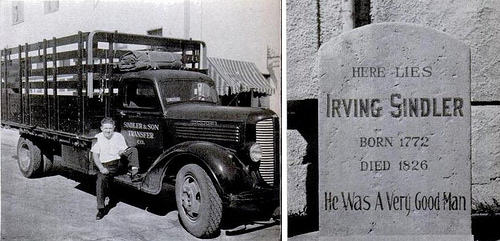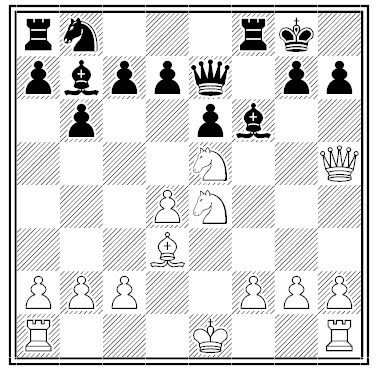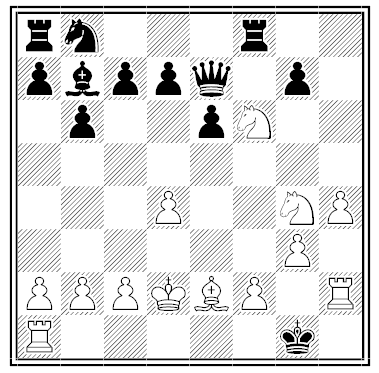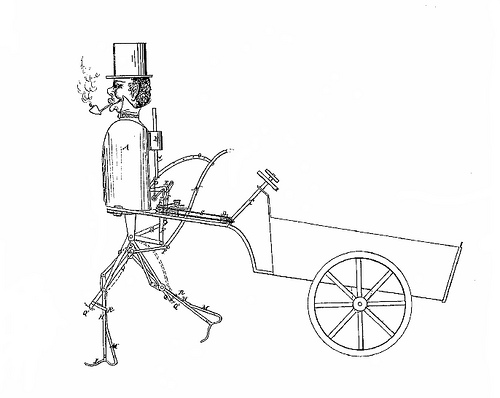A hoax which did not deceive the learned, but sorely puzzled them, was that known as the Dutch Mail hoax. Some fifty years ago, an article appeared in the Leicester Herald, an English provincial paper, under the title of ‘The Dutch Mail,’ with the announcement that it had arrived too late for translation, and so had been set up and printed in the original. Much attention was attracted to the article, and many Dutch scholars rushed into print to say that it was not in any dialect with which they were acquainted. Finally it was discovered to be a hoax. Sir Richard Phillips, the editor of the paper, recently told this story of how the jest was conceived and carried out: ‘One evening, before one of our publications, my men and a boy overturned two or three columns of the paper in type. We had to get ready someway for the coaches, which, at four in the morning, required four or five hundred papers. After every exertion, we were short nearly a column, but there stood a tempting column of ‘pi’ [a jumble of odd letters] on the galleys. It suddenly struck me that this might be thought Dutch. I made up the column, overcame the scruples of the foreman, and so away the country edition went with its philological puzzle to worry the honest agricultural readers’ heads. There was plenty of time to set up a column of plain English for the local edition.’ Sir Richard met one man in Nottingham who for thirty years preserved a copy of the Leicester Herald hoping that some day the letter would be explained.
— Lippincott’s Monthly Magazine, September 1888





